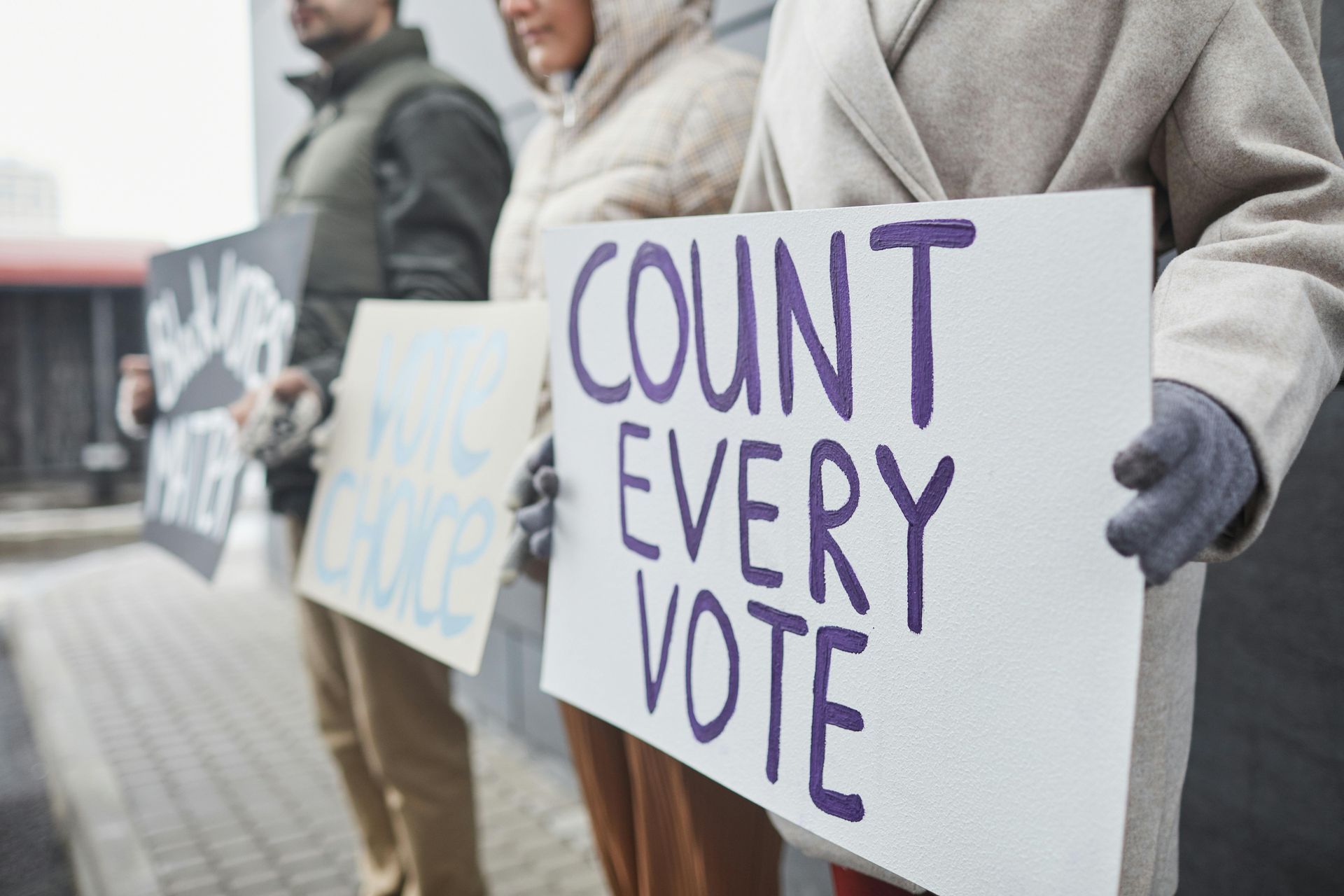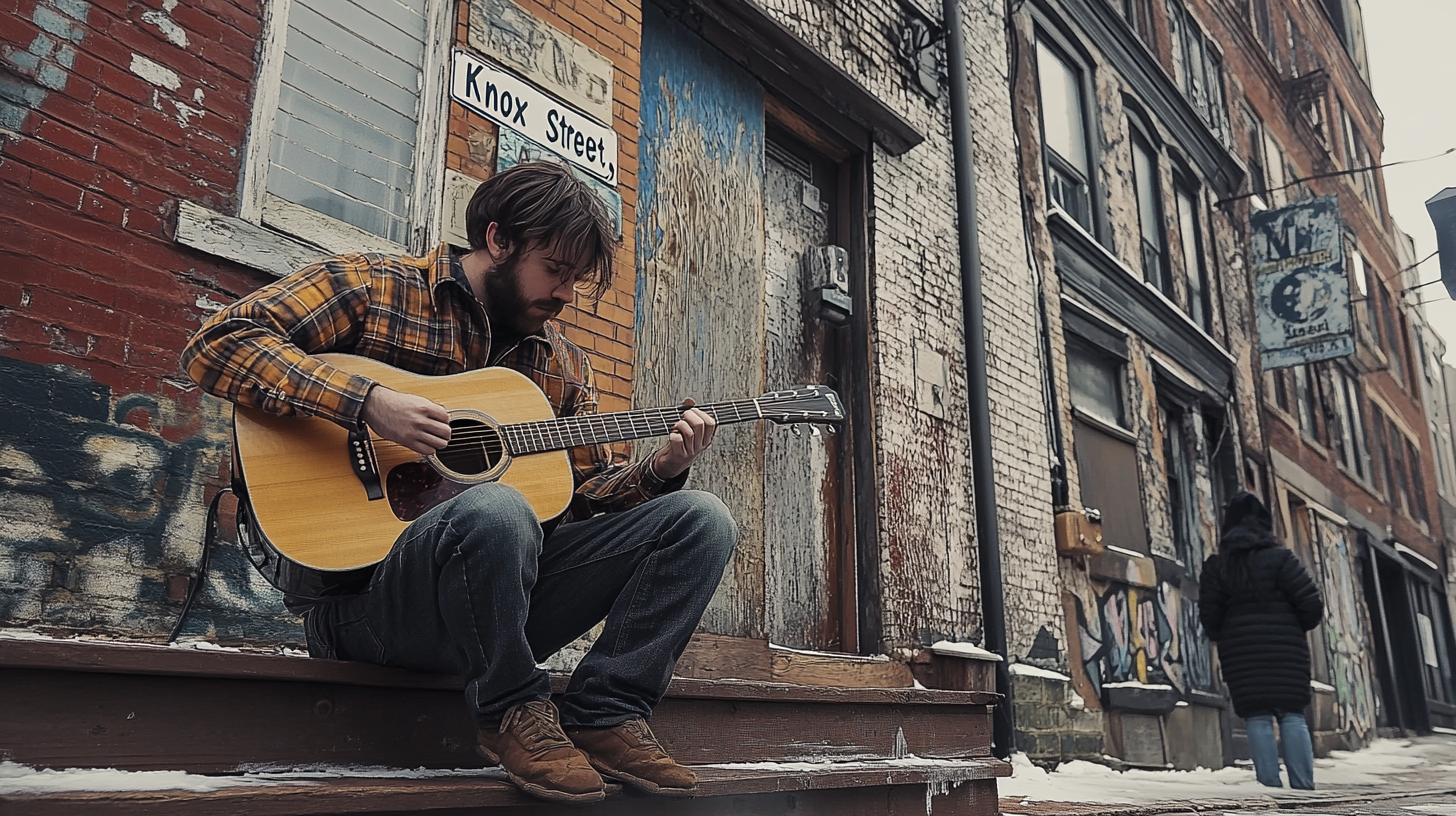DIRTY LEW
Reassessing Shelter Rules: A Need for Safety and Accountability
The Lewiston City Council’s debate over proposed amendments to the shelter ordinance highlights an ongoing tension between providing accessible services to the homeless and ensuring the safety of the community. While the intent behind these amendments — particularly regarding the removal of the ID requirement — is well-meaning, it raises valid concerns that should not be dismissed lightly.
WHY IDENTIFICATION MATTERS FOR SAFETY
One of the most contentious parts of the debate centers around striking the requirement for shelter guests to present physical identification. The rationale provided by the committee and some councilors is that many homeless individuals do not have an ID, which could create a barrier to accessing the shelter. However, while it’s true that some homeless individuals may face difficulties in obtaining identification, the absence of an ID check could create a significant safety risk, both for shelter staff and other guests.
Councilor Eryn Soule-Leclair rightly pointed out that while most individuals in need of shelter might be known to staff, “it could just be one” that poses a risk. Requiring ID isn’t about creating unnecessary obstacles; it’s about establishing a baseline of accountability. Without it, shelters could be vulnerable to individuals who may have a history of violence or pose a threat to others. By striking the ID requirement, we could be undermining the very safety that shelters are designed to provide.
THE IMPORTANCE OF BALANCING ACCESS WITH COMMUNITY CONCERNS
The conversation around low-barrier shelters is complex, and it’s critical to consider the broader implications for the community. Shelters exist not just to provide a bed but also to connect people with the resources they need to transition out of homelessness. However, in doing so, shelters must also ensure the safety of their staff, other guests, and the surrounding neighborhood.
Councilor Soule-Leclair’s argument that the city has “a whole city to think of” underscores the delicate balance between addressing homelessness and maintaining public safety. Removing the ID requirement may create a perception that the city is prioritizing shelter access over broader community concerns, potentially leading to greater resistance to the shelter’s presence in certain neighborhoods.
LEARNING FROM OTHER CITIES
Mayor Carl Sheline’s point that the policy around identification is already in place in shelters across the state should not be overlooked. There is no need for Lewiston to become an outlier on this issue. Cities that have operated low-barrier shelters while maintaining reasonable requirements, such as ID checks, provide a useful model for Lewiston to follow.
While advocates for the homeless argue that many individuals don’t have IDs, the process of helping them obtain one upon entry — as some shelters already do — seems like a practical compromise. This allows shelters to serve those in need without forgoing critical safety measures. The notion that ID checks are inherently exclusionary overlooks the fact that they are a widely accepted practice designed to protect both staff and guests.
SHELTER BED CAP AND CAPACITY CONCERNS
Another point of debate was the recommendation to strike the 120-bed cap on the number of shelter beds in the city. While expanding capacity is important, it’s equally critical to ensure that shelters are adequately equipped to manage larger populations. Increasing the number of beds without the necessary resources — both financial and human — could strain the system, leading to overcrowded conditions and reduced quality of care.
Lewiston must carefully consider whether it has the infrastructure to handle an increase in shelter capacity before removing such limitations. If shelters are overwhelmed, both staff and guests will suffer, defeating the purpose of providing a safe and supportive environment for those in need.
MOVING FORWARD: A BALANCED APPROACH
As the Lewiston City Council continues its discussions, it is essential that they take a balanced approach to the amendments. Low-barrier shelters serve a critical need, but that doesn’t mean the city should forgo basic safety measures. The goal should be to provide accessible services while ensuring that shelters remain safe spaces for everyone involved — guests, staff, and the community.
Maintaining an ID requirement, ensuring appropriate capacity, and considering the long-term impact on Lewiston are all necessary steps in crafting an ordinance that benefits both the homeless population and the broader community. A low-barrier shelter must not become synonymous with low safety standards. By striking a balance, Lewiston can create a model that is compassionate, practical, and safe for all.
Go to Comments' Board
Join the Conversation!
Ready to share your thoughts on what’s happening in Lewiston? Head over to the Dirty Lew discussion board and be part of the dialogue that’s shaping our community. Whether it’s local news, city issues, or just something on your mind, your voice matters. Jump into the debate, share your perspective, and connect with others who care about the Dirty Lew just like you.
Latest forum topics:
Click or Tap to Share
Submit Your Story
Do you have a story to tell? Submit your own article for review, and let your voice be heard in Lewiston. Whether it’s an opinion piece, a report, or a personal experience, we want to hear from you.



Submit Your Story
Do you have a story to tell? Submit your own article for review, and let your voice be heard in Lewiston. Whether it’s an opinion piece, a report, or a personal experience, we want to hear from you.
© Copyright 2024 | All Rights Reserved |
Dirty Lew





